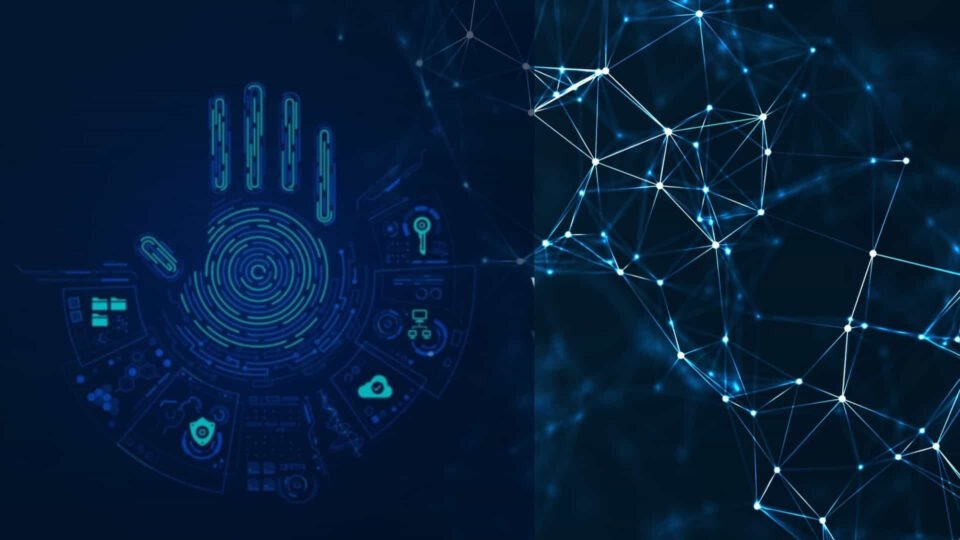Global IT research and advisory firm Info-Tech Research Group has released new research to help IT departments identify risks in deploying metaverse solutions and how to mitigate them.
This new research explores where Meta and Microsoft are going and what their metaverse looks like today, as well as how other solution providers are implementing the enterprise metaverse.
The metaverse is a platform that combines multiple technologies and enables social and economic activities in a digital world connected to the physical world. To be considered a metaverse, the experience must combine the three P’s:
- User presence is represented
- The world is persistent
- The data is portable
“Strip back the narrative of the companies selling you the solutions, and the metaverse can be viewed as technological convergence,” explains Research Director Brian Jackson. “Years of development on mixed reality, AI, immersive digital environments, and real-time communication are culminating in a totally new user experience. The metaverse makes the digital as real as the physical. At least, that’s the vision.”
However, the metaverse is not without some risks, and IT needs to mitigate them before they take root. Info-Tech explains some of the risks and mitigation efforts that IT leaders need to know, which include:
- A Broader Attack Surface – Adding new mixed reality devices to the enterprise network will create more potential points of ingress for a cyber-attack. Previous experiences with IoT in the enterprise have seen them exploited as weak points and used to create botnets or further infiltrate company networks.
- Network Congestion – Connecting more devices that deliver highly graphical content will put new pressures on networks. Access points will have more connections to maintain, transit pathways, and more bandwidth to accommodate.
- Metaverse Dress Code – Avatars in the metaverse won’t necessarily look like the people behind the controls. New norms will be needed to ensure avatars are appropriate for a work setting.
- Privacy Concerns – Sending data to another platform carries risks that it will be exfiltrated and stored elsewhere, presenting some challenges for companies that need to comply with legislation such as GDPR.
“It will be years yet before the metaverse visions pitched to us from Silicon Valley stages are realized,” adds Jackson. “In the meantime, understanding the individual technologies contributing to that vision can help CIOs realize business value today.”
View and download the complete Into The Metaverse advisory deck.
To learn more about Info-Tech Research Group and to download all the latest research, visit www.infotech.com and connect via LinkedIn, Twitter, and Facebook.
Media professionals are encouraged to register for Info-Tech’s Media Insiders program for more research and insights. This program provides unrestricted, on-demand access to IT, HR, and software industry content and subject matter experts from a group of more than 200 research analysts. To apply for access, contact pr@infotech.com.
For more such updates and perspectives around Digital Innovation, IoT, Data Infrastructure, AI & Cybersecurity, go to AI-Techpark.com.

